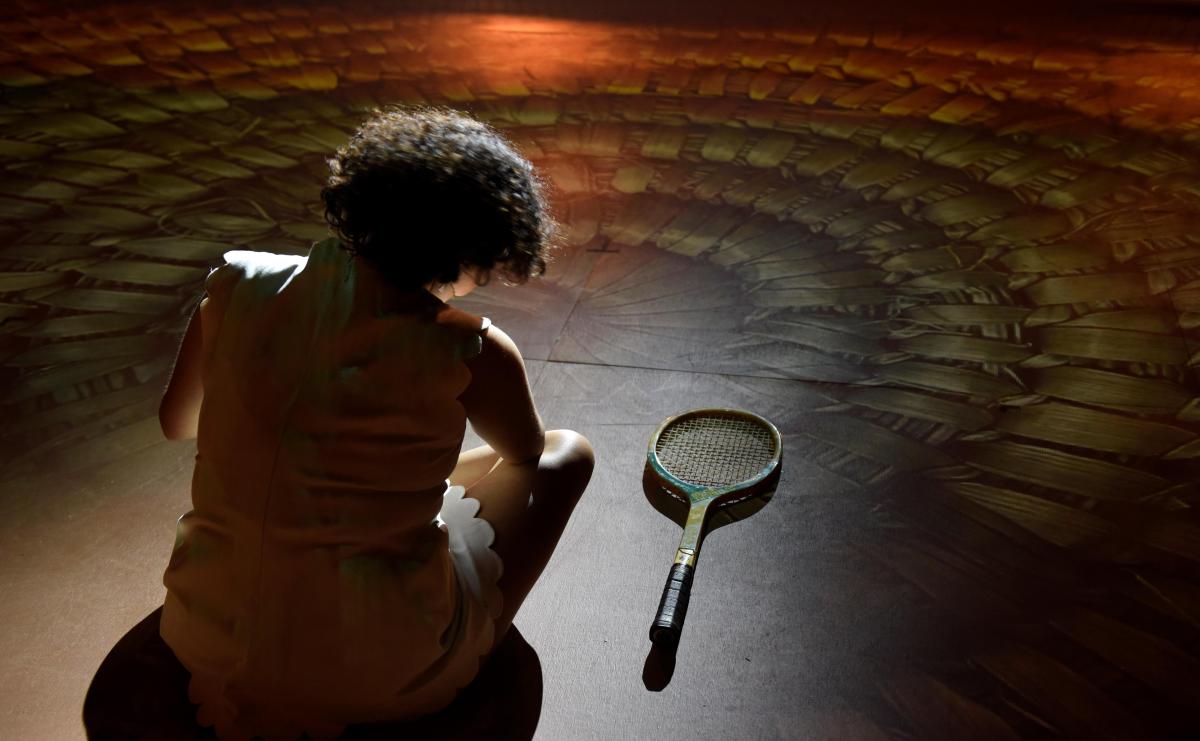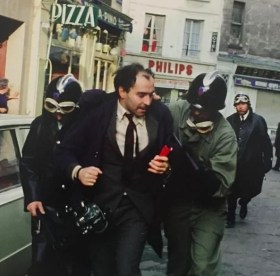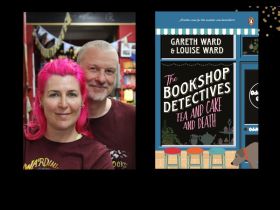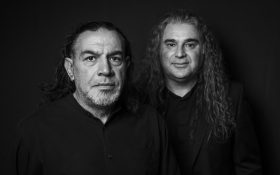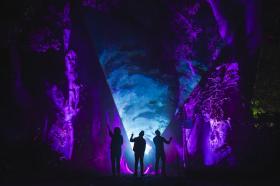Australia’s major international arts festivals have long supported local artists, showcasing their works alongside some of the best practitioners from around the world. But with international travel still largely impossible, festival directors have been forced to recalibrate their programs, placing Australian artists even more firmly centre stage.
Wesley Enoch, Festival Director at Sydney Festival, said he and his programming team made the decision to go local back in March. Nor was it an especially hard decision to make, given the festival’s history to date, he added.
‘The idea of commissioning work and working with local companies, it’s kind of in Sydney Festival’s DNA, while I’ve been AD at least,’ Enoch said.
He acknowledged that his previous festivals have been criticised by some commentators for having too great a focus on Australian artists and companies.
‘But that’s stood us in good stead this time around, because next year’s festival will roll out over 140 different activities, and in fact, which is pretty amazing, it’s about 20 shows bigger than it was [in 2020] because we’re not spending the money on internationals – and I think Sydney is still getting a good festival in the course of it, too,’ Enoch explained.
An increased focus on local artists has also been underway in Perth for several years, according to Iain Grandage, Artistic Director of Perth Festival, perhaps beginning when the festival changed its name from Perth International Arts Festival.
‘Now we’re just called the Perth Festival, so there’s been a flip that happens in terms of the minds of people, but also where our resourcing and our investment in artists allows them to bring their dreams to the stage in a way that’s fitting in an international arts festival.’ Grandage said.
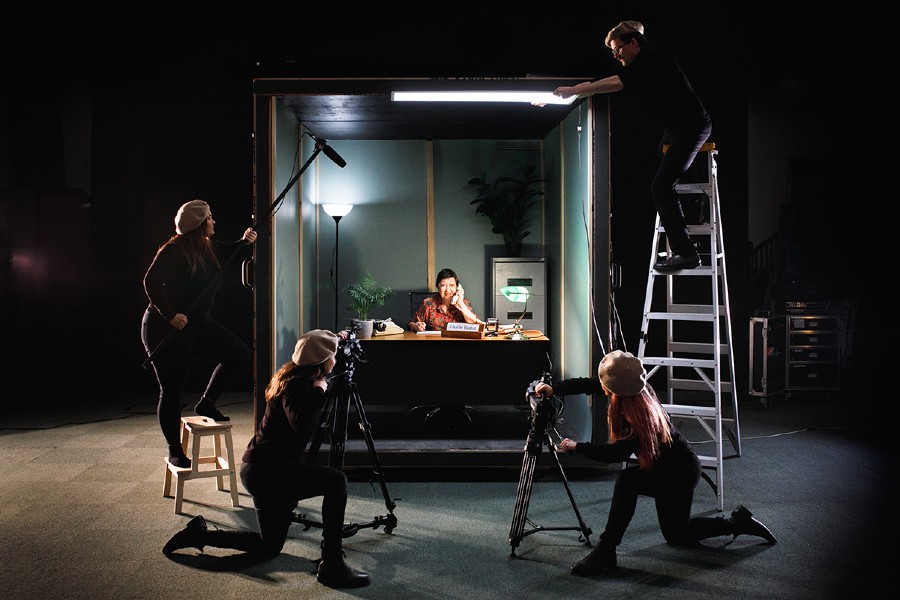
The Last Great Hunt’s Whistleblower at Perth Festival. Image supplied.
CULTURAL DNA
Perth and Sydney are not the first major arts festivals in Australia to pivot to largely local programming because of the pandemic – both Darwin Festival in August and Brisbane Festival the following month took a similar route – nor will they be the last. But not every festival in the coming months will focus exclusively on local or Australian-made work.
Adelaide Festival is renowned for presenting great international work, and not even COVID-19 could deter Co-Artistic Directors Rachel Healy and Neil Armfield from maintaining that tradition.
‘Compared perhaps to other festivals, we are absolutely mandated to do international work. That is a fundamental part of our history. It’s part of the community’s expectation of us,’ Healy told ArtsHub.
The 2021 Adelaide Festival will feature four European productions livestreamed into Her Majesty’s Theatre, with a reciprocal feed showing the artists the audiences’ response in real time. Regional audiences will also have the opportunity to experience the works.
‘Compared perhaps to other festivals, we are absolutely mandated to do international work.’
– Rachel Healy
International guests will also be flying into South Australia and quarantining in order to work on a number of other productions, including the centerpiece opera, Benjamin Britten’s A Midsummer Night’s Dream, and the free art installation Plastic Bag Store.
Did the Co-Artistic Directors ever consider cancelling the festival outright, or at the very least presenting an exclusively Australian only program?
‘Oh absolutely,’ Healy laughed. ‘Absolutely! I think there is no situation that hasn’t been canvassed, probably by all the festivals this year.’
Even the limited numbers of international artists who are flying into Adelaide this year remains a cause for concern.
‘We have all seen what’s happening with flight cancellations and people being bumped off flights and so on, that’s still a real risk – an ongoing and ever present risk but it is limited to just two events,’ Healy said.
Presenting livestreamed works for an audience used to live performances is also a risk, but one which Healy is relieved to see audiences embracing in healthy numbers, if bookings are anything to go by.
‘[Because of health guidelines] we’re running 50% capacities, and it’s only one performance each, whereas normally something like Medea or Eugene Onegin would play for eight or 10 shows. So the fact that it’s an experiment has kind of been de-risked by the fact that it’s only one show each and it’s only 50% of Her Majesty’s Theatre. But that said, they will all be sold out, I would guess, before Christmas. It’s a taster, and we hope, a great experience for those people who are really, really hanging out to see some of the interesting voices from around the world,’ she explained.
Read: Festivals: once the circus has left town
REFLECTING HISTORY
Australia’s international arts festivals reflect the quirks and cultures of the cities which host them, resulting in a different programming approach from state to state.
‘Yes, we’re all international arts festivals,’ Healy said. ‘But there’s a reason they are all – and this is something Wesley talked about really articulately when he was appointed – funded by their state governments and not by the federal government. And that’s because they are meant to be really just serving the state that they come from and understanding the cultural ecology of that state.’
The unique nature of each major Australian festival derives in part from their origins, with Perth and Adelaide established along the lines of the Edinburgh Festival model, established to ‘provide a platform for the flowering of the human spirit’ and celebrate our shared humanity in the grim years after World War II.
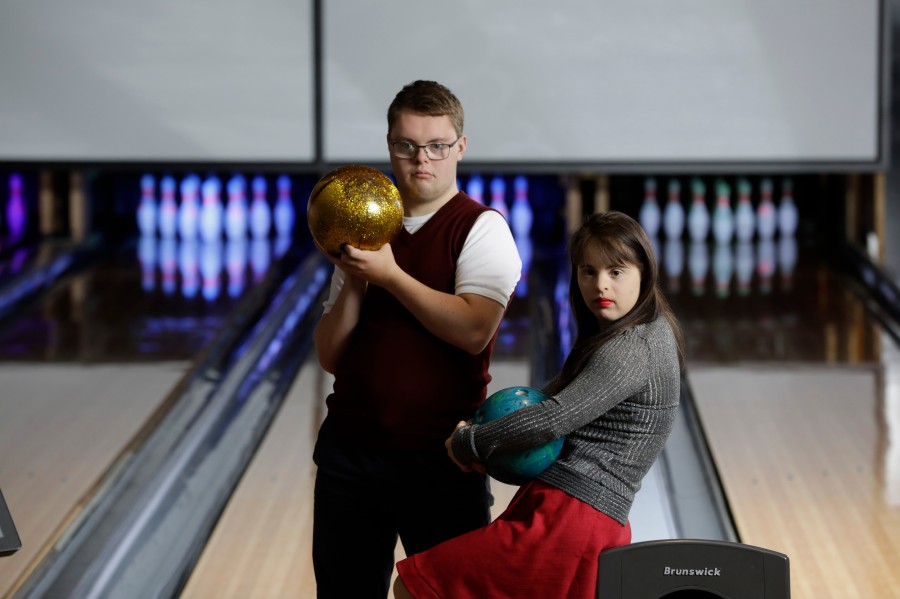
Jianna and Charlie in Restless Dance Theatre’s Guttered at Adelaide Festival. Photo credit: Shane Reid.
Other festivals, such as those in Brisbane, Melbourne, Sydney and Darwin, grew up along different lines, as Enoch explains.
‘Then there’s the 1954 coronation tour of Elizabeth the Second, which started a whole range of pageants and all those kind of things. And so you get Moomba and Warana… which turned into the Brisbane Festival, and Sydney Festival, which basically goes back to the Waratah Festival.
‘So there is this sense that some festivals have in their DNA an international connection that is about building better understanding through arts and cultural exchange… and some festivals are about how we celebrate who we are and where we come from … and I love that that’s how it’s also playing out in terms of values now, where Brisbane Festival and Sydney Festival and Darwin have gone, “Yep, this is who we are, this is what we’re about,” while Adelaide is saying, “Yeah, let’s still stay connected to the international market, because that’s who we are”. And Perth is in a different world altogether,’ Enoch said.
Iain Grandage revels in that difference. ‘There’s always been this sort of strong, quasi-secessionist streak here [in Western Australia] anyway, and a kind of sense of people being so responsive to this place,’ he said.
‘Perth is undoubtedly a place that you choose to live in, rather than a place that you find yourself. And so in making that choice to live here and make art here, as an international festival it’s great to try and represent artists here, so that they can then take the work of this place and take it around the world,’ he said.
SUPPORTING LOCAL TALENT
As part of a broader arts ecosystem in Western Australia, Perth Festival is well placed not only to support local artists such as choreographer Emma Fishwick and actor, writer and director Jay Emmanuel, and companies including The Last Great Hunt, Co:3, Barking Gecko and Yirra Yaakin, but to help promote their work on a national, even international stage.
‘We have a very strong sense of the power and of our answerability to the public funds that we’re privileged to receive, and so make sure that a proportion of those funds – and in our case, a generous proportion – are invested in the local art scene to make sure that those artists feel like they belong in an international sphere,’ said Grandage.
As with their colleagues across the country, Enoch, Grandage and Healy know full well that their colleagues overseas will be examining their programs and looking for Australian works to program in the coming years, once international travels has returned to something approaching normal.
As Enoch puts it: ‘A festival is about elevating the Australian experience and exposing it, promoting it across the globe.’
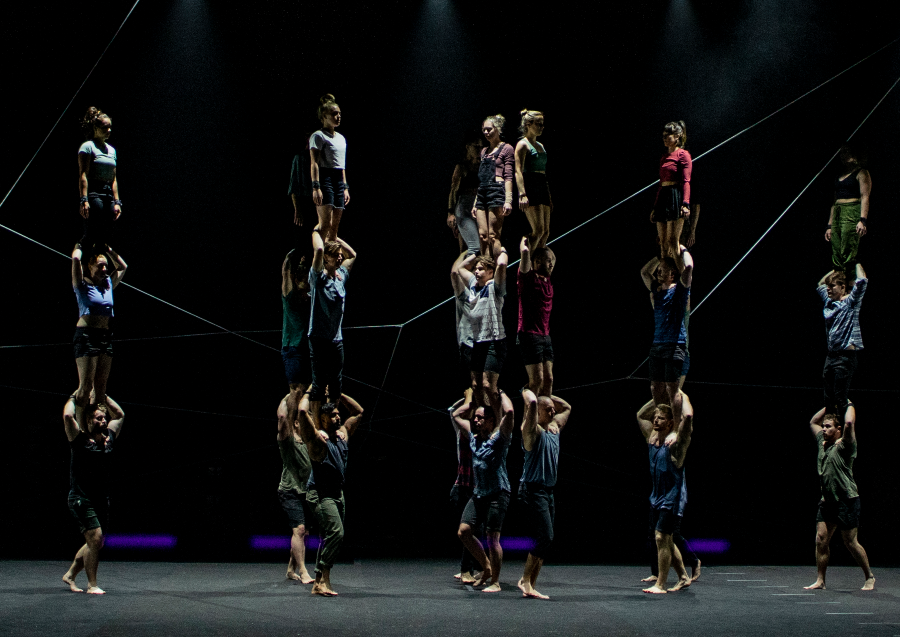
Gravity and Other Myth’s The Pulse features at both Sydney Festival and Adelaide Festival in 2021. Image supplied.
Healy points to Adelaide’s Gravity and Other Myths as one example of a company that achieved international success with the help of Adelaide Festival’s imprimatur.
‘When we got behind them and were able to secure some MFI [Major Festivals Initiative] funding for them, it gave GOM an opportunity to actually employ professional lighting designers and experiment with light and sound, and take their craft and their vision to another level,’ she said.
‘They’d already started to get invitations around the world for A Simple Space, but then with Backbone, I mean, it just took their work and the international invitations they received to another level and then again with Out of Chaos. And so The Pulse is their biggest work yet, but it comes from a relationship that we’ve developed over the last five years with them. So this year has been an opportunity to give them a chance to think at an even greater scale than they’ve ever worked at before.’
Read: Visual arts sidelined by festival culture
CHANGING THE NARRATIVE
International arts festivals play another key role in the Australian arts ecology, Enoch argued, by providing a catalyst for change.
‘Festivals are one of the most fluid and responsive pieces of art infrastructure we have. Our audiences shift and change regularly, we move in and out of venues in a fluid way, and we have a way of encapsulating story that is free from those other kind of hindrances that occur from owning a venue or having a subscription base. We have freedoms to go where the most dynamic and interesting story is,’ he said.
.jpg)
The writers and cast of Sex, Drugs & Pork Rolls, Sydney Festival. Photo credit: Nancy Trieu.
In the 2021 Sydney Festival, such stories include Sunshine Super Girl, Dorr-e Dari: A Poetic Crash Course in the Language of Love and Sex, Drugs & Pork Rolls; works which reflect contemporary Australia and put the stories of our First Peoples and newest arrivals centre stage.
‘We have these incredible narratives in terms of content, performers, and also ways of telling stories that can open up what is a uniquely Australian way of talking about things. Now, I’m not going to say that we can be prescriptive about that. We can’t say “This is what’s uniquely Australian about something”. But through the exploration of our voice, and the diversity of our voice, we do find an amazing set of new languages and new artists to tell those stories,’ said Enoch.
FRESH CHALLENGES
While the focus on local and Australian artists at festivals in 2021 is welcome, it also begs the question: will programming so many works by local companies make it harder to say no to other companies in 2022? After all, if you’ve said yes to so many companies the previous year, might it not be a little awkward to have to say no to their peers the following year?
When this question is put to Perth Festival’s Iain Grandage, he laughs for an extended period before answering emphatically, ‘Yes!’
‘It always is, but I mean, everything is always a balance. There’s a balance of the program, there’s a balance of opportunity. There’s a balance of art form, there’s a balance of emerging, mid-career and senior artists, there’s a balance inside diversity, gender, artform disability access,’ he continued.
‘Everything about creating a festival is about balance, and we try to be as answerable to as broad a cross-section of community, both artistic and audience, as possible. And that’s quite simply the task of a contemporary festival director, I think.
‘There’s an effort – many people understand, and the difficulty happens when people can’t see, aren’t allowed to see a broader picture in relation to their own individual experience. And so our hope is always to be as answerable to as many parts of the community as possible, both artistic and audience,’ he concluded.
Sydney Festival runs from 6-26 January. Perth Festival runs from 5-28 February. Adelaide Festival runs from 26 February – 14 March.
